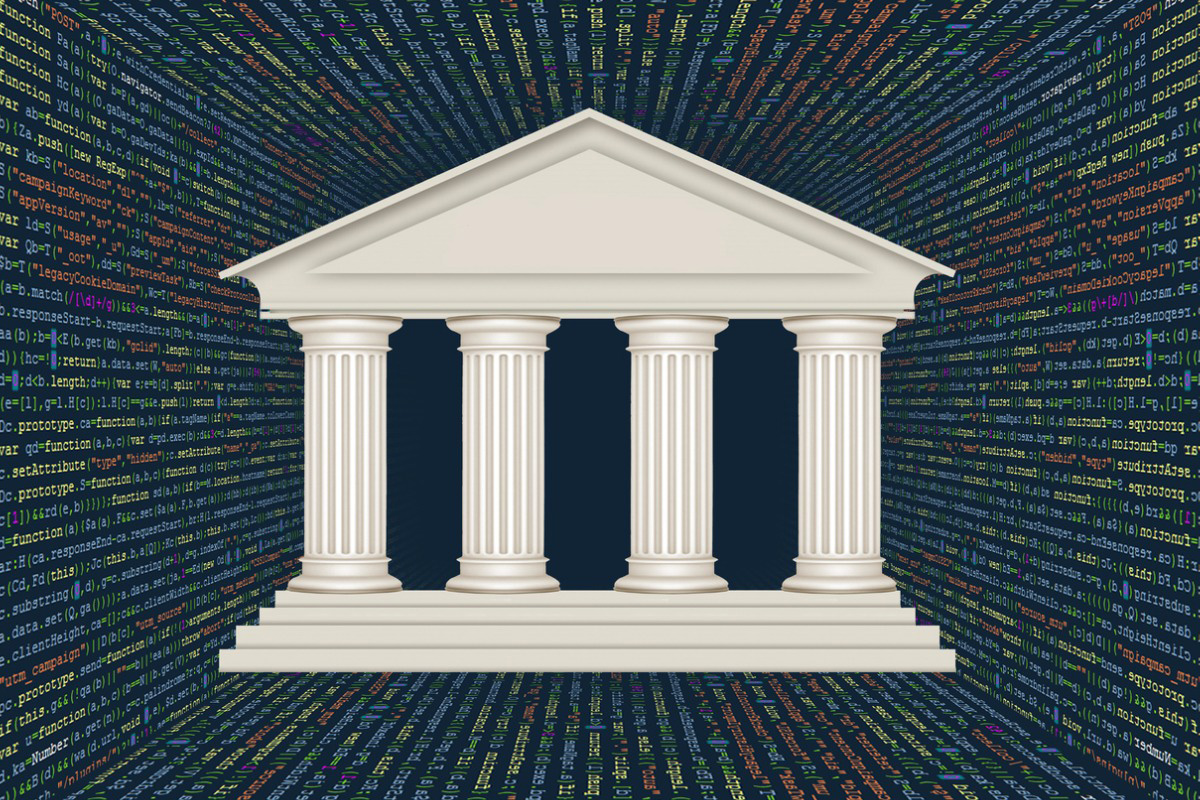
President Joe Biden has signed an executive order outlining an approach to taming the rapidly growing digital asset marketplace in a way that aims to address risks posed by cryptocurrencies while also taking advantage of their benefits.
The order lays out a national policy for digital assets that is divided among six key priorities: consumer and investor protection; financial stability; illicit finance; U.S. leadership in the global financial system and economic competitiveness; financial inclusion; and responsible innovation.
Digital assets, including cryptocurrencies, had a market cap of more than $3 trillion as of November, up from $14 billion just five years earlier, according to the White House. It also said that surveys indicate approximately 40 million Americans have invested in, traded or used cryptocurrencies.
Among other measures, the order seeks to:
- Protect U.S. consumers, investors and businesses by directing the Treasury Department to assess and develop policy recommendations concerning the digital asset sector and changes in financial markets.
- Encourage regulators to ensure sufficient oversight and safeguard against any systemic financial risks posed by digital assets.
- Protect U.S. and global financial stability and mitigate systemic risk by asking the Financial Stability Oversight Council to identify and mitigate systemic financial risks posed by digital assets, and to develop policy recommendations to address regulatory issues.
- Mitigate the illicit finance and national security risks posed by the abuse of digital assets by coordinating relevant government agencies to ensure international frameworks and partnerships are aligned and responsive.
- Explore a U.S. central bank digital currency by assessing the technological infrastructure and capacity needs to create one.
“We’ll be guided by consumer and investor protection groups, market participants and other leading experts,” U.S. Secretary of the Treasury Janet Yellen said in a statement. “Treasury will work to promote a fairer, more inclusive and more efficient financial system, while building on our ongoing work to counter illicit finance, and prevent risks to financial stability and national security.”
According to Aaron Klein, a senior fellow at think tank the Brookings Institution, the executive order should be looked at as more as a call to action than a specific game plan.
“The executive order lays out a road map for the administration’s future actions,” Klein wrote in a blog post on Brookings’ website, adding that it “balances the potential benefits from digital assets with a litany of concerns and risks.”
Klein also said that Russia’s invasion of Ukraine “likely had an impact on how those risks are considered, elevating the importance of national security and foreign policy concerns in the evolution of the global payment system.”
Although it isn’t known how much the invasion of Ukraine influenced the order’s national security objectives, Klein said that the agencies involved must consider “at a much higher level” the national security, foreign policy and international sanctions ramifications of crypto and digital assets.
“Those who have concerns about crypto’s role in this space will have stronger bureaucratic and policy grounds to voice those positions within and throughout the interagency process,” Klein wrote.
Related Stories:
Citigroup Launches Digital Asset Unit
Three Charged by SEC with Defrauding Hundreds of Digital Asset Investors
State Street Launches Digital Division
Tags: Cryptocurrency, digital asset, executive order, Joe Biden
